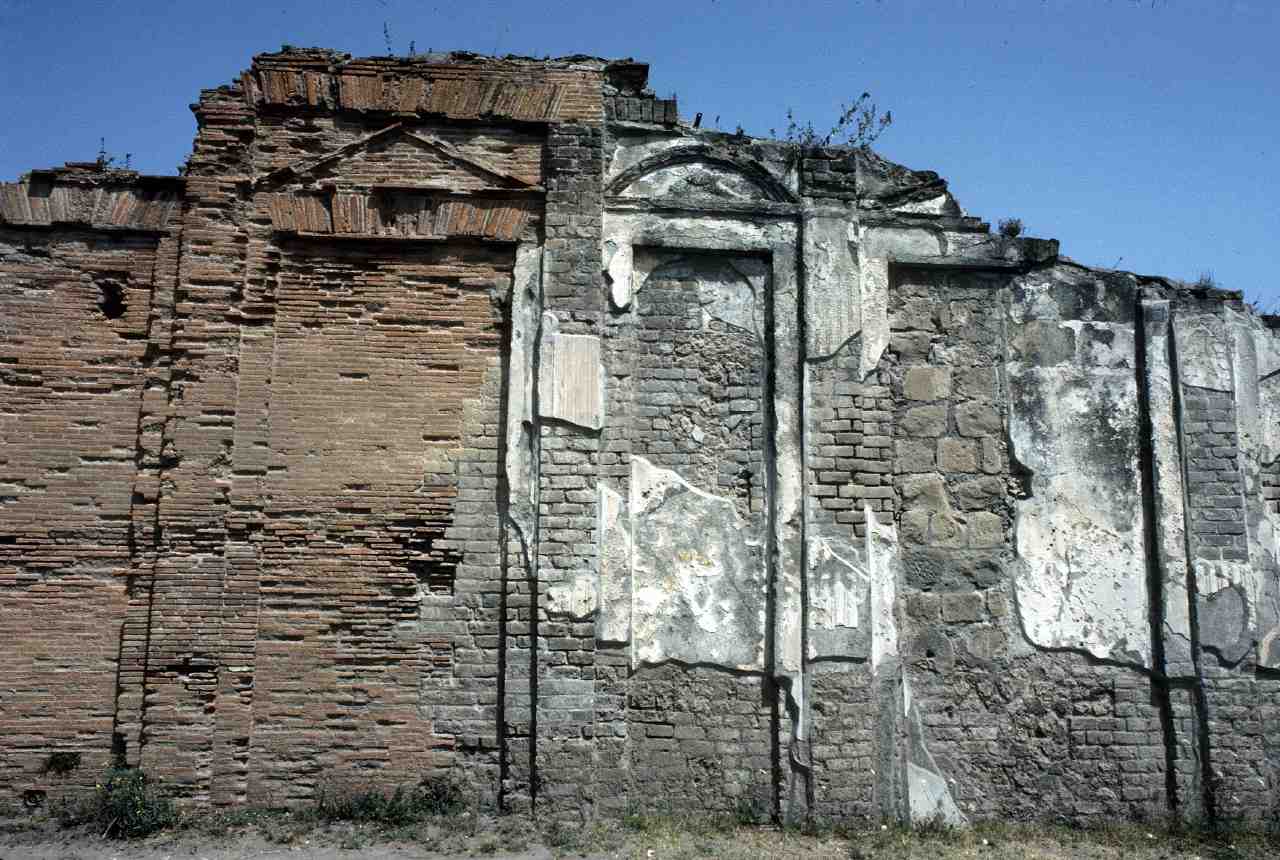Díky za pěkný článek 


5.2. 62 Sixty percent of Pompeii was destroyed
Categories: Calendar , Nálezy nejenom s detektorem v západní Evropě
The destruction of Pompeii as a result of the eruption of the Vesuvius volcano in 79 is widely known. However, the inhabitants of this ancient city also experienced a natural disaster on 5 February seventeen years earlier. Sixty per cent of Pompeii was destroyed by a violent earthquake.
However, the locals managed to rebuild the famous city in Campania in a relatively short time. It looked even more splendid than before. All the adjacent districts were also destroyed. It was the first time the local population had ever experienced such a powerful earthquake. It was clear evidence that the Vesuvius volcano had awakened from its long period of dormancy.
A huge tremor literally devastated Pompeii. Public buildings collapsed, water supplies were cut off and most houses were destroyed. Rebuilding began immediately. For example, the triangular forum, which was part of the theatre complex, remained unfinished. It was a small indoor theatre called the odeion, where plays were performed in Latin. The large one was in the language of the Oscars. There was also constant work on the beautification of the individual houses, with particular attention being paid to their painting.
According to many archaeologists, many of the large residences changed their use after the earthquake. They were no longer used as houses where locals normally lived, but began to be used for commercial purposes. For example, one of the famous houses on the Via della Abbondanza was used as a hotel and a place to trade.
Another example is the famous Villa Mysteria, decorated with mysterious frescoes, which was rented out as a country residence. After the earthquake, the layout of the house was completely changed and it became part of a farm. Now the house is completely covered and open to tourists. Apparently, scenes from initiation rituals are depicted on the walls. Archaeologist Paul Veyne, for example, believes that the rites involved initiation into marriage. But to this day, it is not even known who created the frescoes. The villa apparently belonged to a noble family, the Samnites. According to the seal from the year 62, it has changed hands.
The Villa Mysterii and other similar clues in Pompeii have led to theories that the earthquake destroyed much of the old aristocracy, with a growing class of tradesmen taking their place. Of the more important buildings, the Capitolinum was left unrepaired and turned into a stone workshop. But this was not the only case; other buildings also lacked marble tiles, for example. Many of the pedestals on which statues once stood were also empty. This means that they have never been restored. Pompeii apparently did not have enough money to reconstruct the civic centre.
Some of the money to rebuild Pompeii probably came from the Roman emperor himself. The rest was funded by the pockets of shrewd local businessmen. One of these was Numerius Popidius Ampliatus, who was originally a slave and therefore received no public office. He was therefore looking for a suitable project to launch his son's political career, so he had one of the temples rebuilt in a luxurious style.
Pompeii was finally destroyed in 79 by another eruption of the Vesuvius volcano.




Sources: www.ancienthistoryarchaeology.com, www.napoliunplugged.com, www.alovelyworld.com
The article is included in categories:
- Archive of articles > Calendar
- Archive of articles > Archaeology > Finds and rescue research abroad > Nálezy nejenom s detektorem v západní Evropě
Post
Když to klapne, tak s tam znovu v květnu podíváme. Tohle místo opravdu stojí za to a myslím, že v Evropě není větší archeologická pecka.
Děkuji za moc zajímavý článek, také bych to někdy rád viděl.
No já byl posledně na Krétě kouknout na minoiskej palác, natěšenej na to všechno o čem jsem se v dějinách umění učil a musim říct, že kdYž jsem náhodou něco přes ty davy viděl, bylo to velký štěstí...










